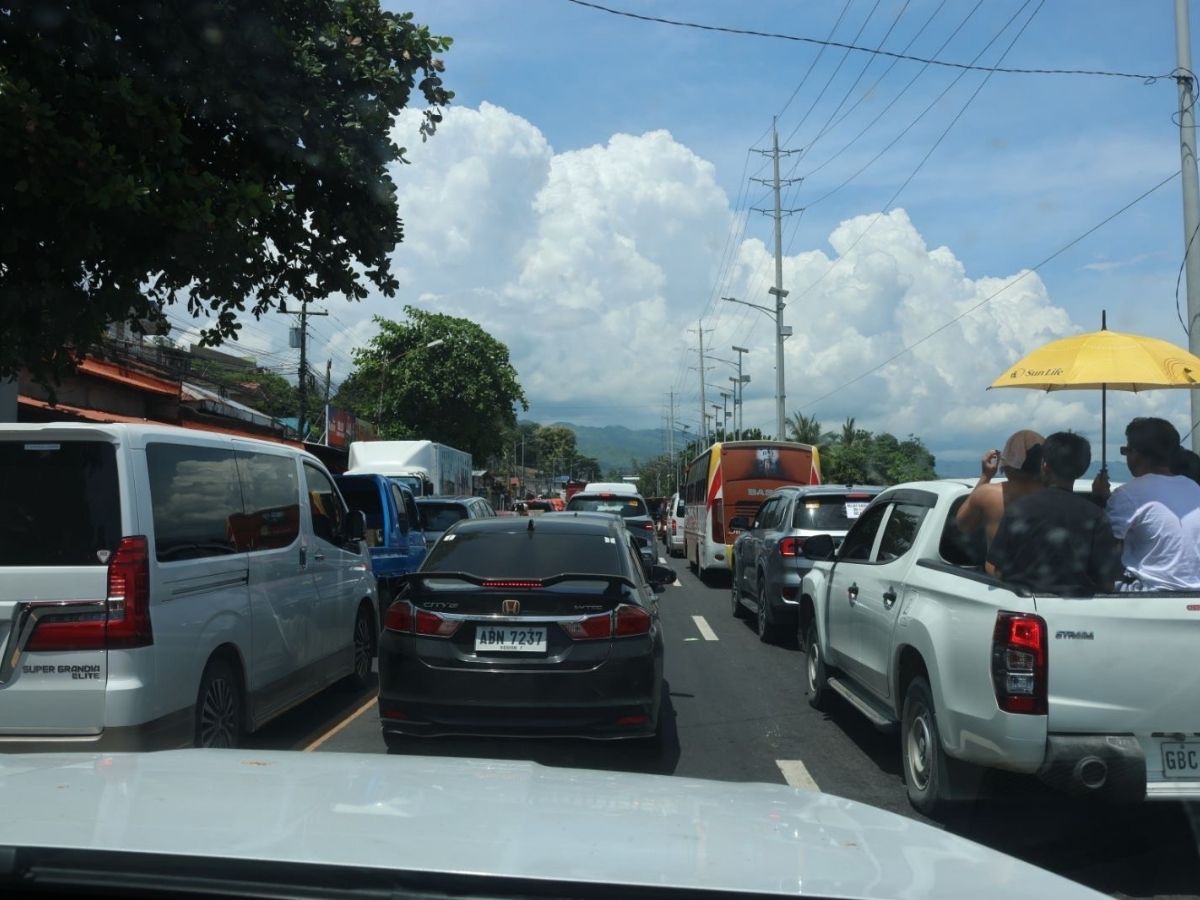
What began as an outpouring of compassion turned into one of the longest traffic jams Cebu has seen in years.
After a powerful earthquake struck the northern part of Cebu Province on October 1, residents in towns like Bogo, San Remigio, and Medellin faced devastation — more than 70 lives lost, homes and buildings damaged, and infrastructure crippled. Electricity returned within days, but the water supply remained disrupted as pipes and main lines lay broken.
As news of the situation spread, Cebuanos rallied in true bayanihan spirit. Car clubs, businesses, civic groups, and ordinary citizens from Cebu City loaded up pickup trucks, delivery vans, and SUVs with water, food, and toiletries bound for the north. Even emergency vehicles from Metro Manila — including donated fire trucks used to transport water — joined the relief convoy.
By Saturday morning, the 100-kilometer stretch from Mandaue to Bogo had turned into a slow-moving caravan of compassion. Vehicles started rolling out as early as 3 a.m., but by 6 a.m., the two-lane highway was packed solid. From above, it must have looked like a train of headlights stretching across the province — a moving testament to how Cebuanos come together in times of crisis.
But what began as organized chaos quickly turned into pure gridlock.

The Wrong Kind of Convoy
As the morning wore on, the spirit of volunteerism was tested by something else entirely: entitlement. Convoys escorted by vehicles with sirens, blinkers, and even LGU markings began weaving through the lanes, counterflowing to “get there faster.” Their logic? They were delivering relief too — and therefore deserved to get ahead.
Each time one of these convoys forced their way through, the ripple effect was immediate. Lines broke down, drivers panicked, and intersections choked. With over 50 such escorted groups seen along the route, the resulting gridlock was nothing short of monumental. The drive from Cebu City to Bogo — normally two and a half hours — stretched to more than 10.
One volunteer described it best: “It was a literal carmageddon. Everyone on that road was going to help, but some people acted like their mission was more important than everyone else’s.”


Bayanihan Meets Bottleneck
Despite the chaos, what stood out was the scale of generosity. Trucks filled to the brim with bottled water and instant noodles crawled alongside motorcycles loaded with boxes strapped to their backs. Families handed out snacks to stranded drivers. Strangers shared fuel and directions. It was the Filipino spirit at its best — and worst — playing out on the same road.
The Department of Public Works and Highways has since opened several alternate routes to the north to ease congestion for continuing relief efforts. Local authorities have also called on volunteers and LGU escorts to coordinate with traffic enforcers instead of acting independently.
Lessons on the Road
The Cebu “relief traffic” should serve as a wake-up call. Emergencies don’t suspend traffic laws, and no amount of good intention justifies putting others at risk. Organizers of future relief missions — especially those using escorted convoys — need to work with the police and local governments to schedule deployment waves and identify staging areas to avoid clogging critical roads.
Bayanihan doesn’t mean getting there first. It means getting there together — and safely.



